28 Sep


What Is a Linear LED Light?
Typically intended to give equal illumination throughout a linear space, linear LED lights are a type of lighting fixture that is distinguished by their long, narrow shape. Compared to conventional bulbs, these lights are extremely efficient since they light up with light-emitting diodes (LEDs). Flexible in a range of environments, linear LED lights can be hung, wall-mounted, or even put on ceilings. Utilizing them can improve both the visual appeal and practicality of commercial, workplace, and residential settings. Linear LED lights are adaptable to a wide range of applications because of their varying lengths and designs, which can also provide a range of colour temperatures.
How Are Suspended Linear LED Lights Installed?
Linear Suspended LED lights are typically installed by mounting them from the ceiling using cables, chains, or rods, creating a modern, floating effect. The installation process begins with selecting the appropriate location and ensuring that the ceiling can support the weight of the fixtures. The installation usually involves securing mounting brackets to the ceiling and then attaching the light fixture to the brackets. Depending on the model, wiring may need to be connected to a power source, following electrical safety standards. Professional installation is recommended for complex setups to ensure proper alignment, functionality, and compliance with local codes.
What is the Average Lifespan of Linear LED Lights?
Depending on the quality of the components and the usage circumstances, linear LED lights can have an average lifespan of 25,000-50,000 hours. This lifetime surpasses by a great margin the 1,000-15,000 hour lifespan of conventional incandescent or fluorescent lights. Operational temperature, usage frequency, and power supply quality are factors that impact longevity. Linear LED lights have an extended lifespan, provided they are utilized in suitable locations with enough ventilation. Linear LEDs are a financially viable lighting option in the long run because of their endurance, which translates to lower maintenance and replacement expenses.

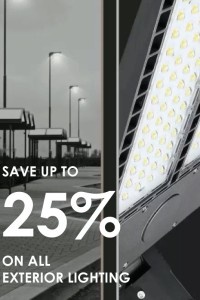
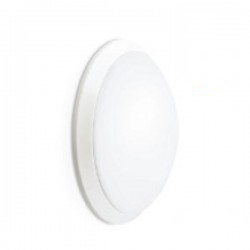
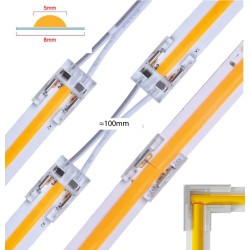
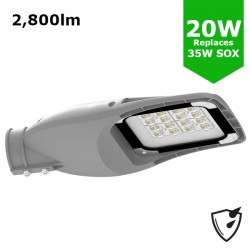
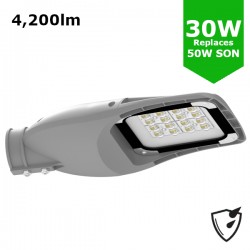
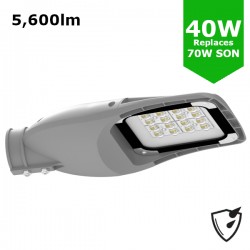
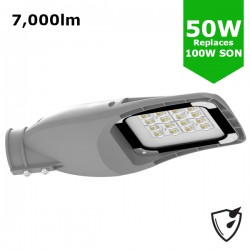
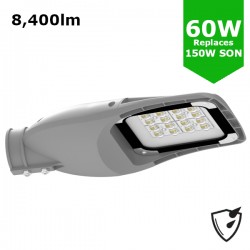
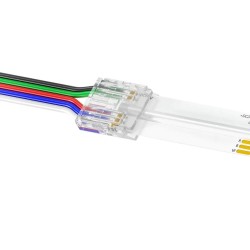
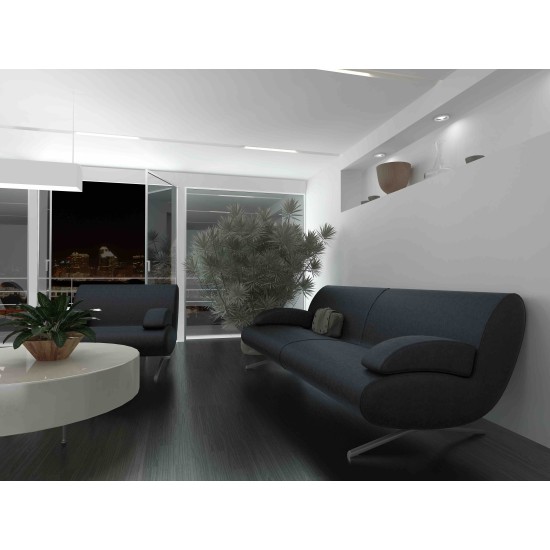

Leave a Comment